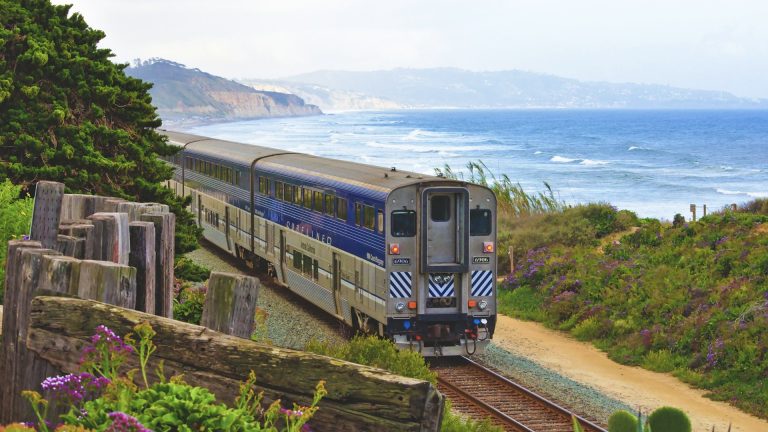As the climate warms, intensifying heat waves are preventing the U.S. passenger rail system from operating as planned.
Owen: “High temperatures are incredibly damaging and this is by far the greatest climate risk Amtrak faces.”
Miles Owen is a senior climate adaptation specialist at Amtrak. He said train tracks expand in the heat. High temperatures can cause the tracks to bend and kink.
On the East Coast, Amtrak trains are powered by overhead power lines. These lines can swell and sag during heat waves.
Owen said Amtrak is looking at ways to keep the tracks cooler, such as painting them white to reflect heat or adding sunshades at key intersections.
But he said solutions are limited.
Owen: “Right now, our best solution is to slow down the train.”
Slowing train speeds helps reduce stress on the rails and reduces the chance of track damage or derailment. So when railroad temperatures get too hot, Amtrak limits train speeds to 80 or 100 miles per hour, depending on the temperature.
Therefore, passengers traveling during the hot summer months may need to allow extra time to reach their destination.
Longer journeys can be inconveniences, but they're part of keeping train travel safe in a warming world.
Report source: Sarah Kennedy/ChavoBart Digital Media
We help millions of people understand climate change and what to do about it. Help us reach more people like you.
